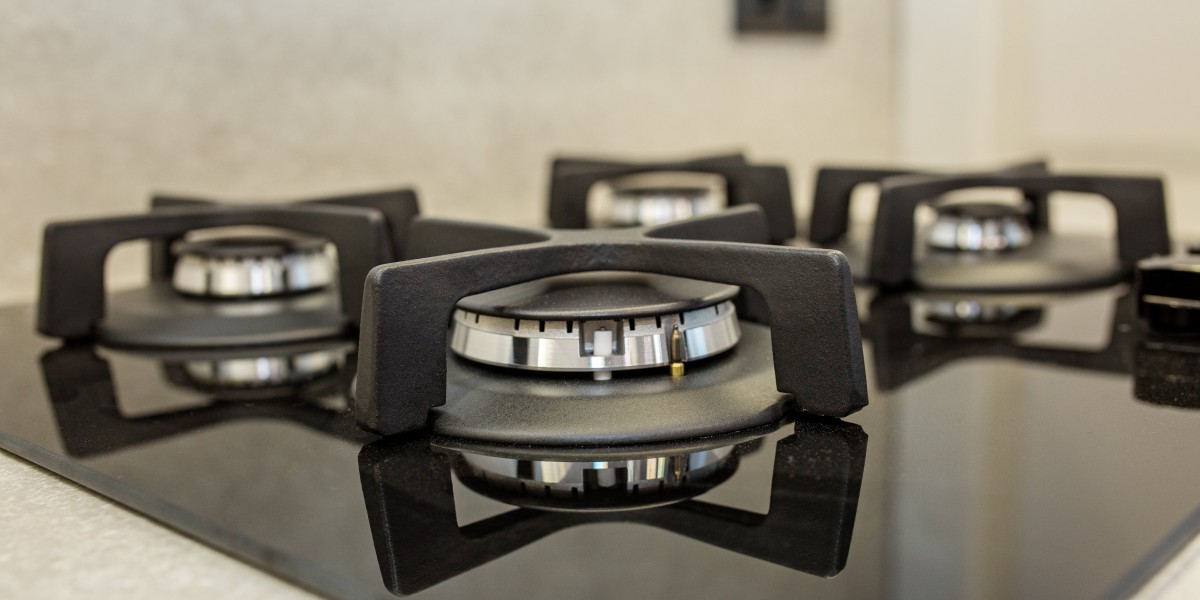The Comprehensive Guide to Built-In Ovens
Intro
SIA 60cm Black Built-In Multi-Function Oven ovens are a staple in modern cooking areas, combining sophistication with functionality. They provide a sleek aesthetic and efficient cooking abilities, making them a preferred choice for homeowners and culinary enthusiasts alike. This article explores the benefits of built-in ovens, their different types, crucial features to consider, installation tips, and upkeep advice, together with frequently asked questions.
Benefits of Built-In Ovens
Built-in ovens featured a variety of advantages that add to their popularity. Here are some key advantages:
- Space-Saving Design: Ovensandhobs.Uk Built-in ovens are developed to fit effortlessly into cabinets, permitting a more orderly and space-efficient kitchen design.
- Aesthetic Appeal: They provide a smooth and contemporary look that can improve the total style of the kitchen.
- Enhanced Functionality: Built-in ovens often feature sophisticated functions and technologies that support numerous cooking techniques.
- Improved Cooking Experience: Many built-in designs consist of self-cleaning functions, temperature probes, and programmable settings, enhancing the cooking experience.
- Increased Property Value: A properly designed kitchen with built-in appliances can enhance the value of a home.
Kinds Of Built-In Ovens
buy built in oven-in ovens been available in numerous types, each created to fulfill various cooking choices and needs. Here are the main types:
| Type of Built-In Oven | Description |
|---|---|
| Single Oven | A single, standalone oven for conventional baking and roasting. |
| Double Oven | Combines two ovens in one system, allowing for numerous meals to prepare at different temperature levels. |
| Wall Oven | Installed in the wall, maximizing counter space, suitable for small kitchen areas. |
| Convection Oven | Uses fans to circulate hot air for even cooking, boosting the results of baked goods. |
| Steam Oven | Uses steam for much healthier cooking choices, maintaining nutrients in food. |
Secret Features to Consider
When selecting a built-in oven, a number of features can affect efficiency and usability. Here are some essential functions to keep in mind:

Cooking Modes
- Bake: Traditional baking with bottom heat.
- Broil: Top heat cooking ideal for browning and crisping.
- Convection: Circulates hot air for even cooking.
- Steam: Uses steam for healthier cooking options.
Size and Capacity
- Standard sizes normally range from 24 to 30 inches broad.
- Think about the internal capacity-- it can range from 3 to 6 cubic feet, permitting numerous dish sizes.
Controls and Smart Features
- Touchscreen Controls: Easy programming and modifications.
- Smart Technology: Connectivity functions enable remote monitoring and control via smartphone applications.
Energy Efficiency
- Look for models with ENERGY STAR rankings, suggesting lower energy usage.
Security Features
- Features like car shut-off and child locks enhance safety during operation.
Installation Tips
Setting up a built-in oven might need professional support, however here are some basic pointers to remember:
- Choose the Right Location: Ensure there's enough space in your cabinetry for installation, bearing in mind ventilation requirements.
- Electrical Requirements: Check that your kitchen with built in oven's electrical wiring satisfies the oven's power requirements, especially for electric designs.
- Level the Oven: Ensure the oven is level to promote even cooking.
- Secure the Oven: Attach it firmly to the cabinetry to prevent movement during use.
Upkeep Advice
Regular maintenance is vital for the durability and performance of a built-in oven. Here's how to keep it in leading shape:
- Regular Cleaning: Wipe down surfaces after each usage and perform deep cleaning occasionally.
- Examine Seals: Inspect door seals for wear and guarantee they keep an airtight fit to improve energy performance.
- Calibrate Temperature: If food consistently comes out overcooked or undercooked, consider recalibrating the oven's temperature settings.
- Professional Servicing: Schedule yearly check-ups with a trained specialist to maintain optimal efficiency.
FAQs
What is the difference in between a built-in oven and a freestanding oven?
built in electric oven-in ovens are created to be set up within cabinets, using a smooth look. On the other hand, freestanding ovens are standalone units that typically feature their own cooktop.
Are built-in ovens more expensive than freestanding models?
Usually, built-in ovens can be more expensive due to the added setup expenses and advanced functions. However, rates differ commonly based upon brand name, size, and performances.
Can I install a built-in oven myself?
While it is possible to install a built-in oven yourself, it is suggested to hire a professional to guarantee proper installation, especially if modifications to cabinets or electrical work are required.
How often should I clean my built-in oven?
It is recommended to clean your built-in oven frequently after heavy usage. For much deeper cleanings, use the self-cleaning function if offered or periodically perform manual cleansing to prevent accumulation.
Built-in ovens are a valuable addition to any kitchen, using both aesthetic appeal and advanced cooking abilities. By understanding their types, functions, setup, and maintenance requirements, property owners can make educated options that boost their cooking experience and boost the total value of their homes. As kitchen designs continue to develop, built-in ovens will likely remain a popular option for modern homes.








